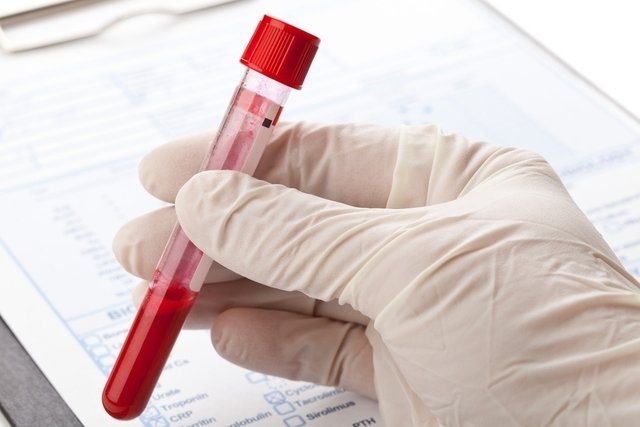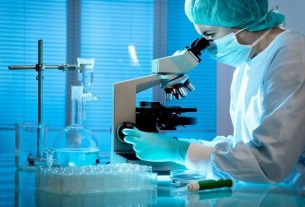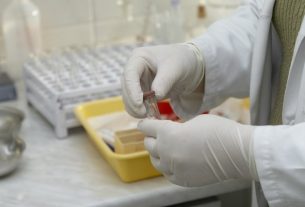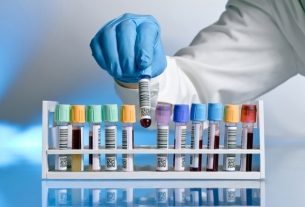The antibiogram is a test that determines the sensitivity and resistance profile of bacteria and fungi to antibiotics. Through the results of the antibiogram, the doctor can indicate which antibiotic is best suited to treat the infection, thus avoiding the use of unnecessary antibiotics and the emergence of resistance.
The antibiogram, also known as the Antimicrobial Sensitivity Test or TSA exam, is normally carried out after the identification of microorganisms in large quantities in the blood, urine, feces and tissues.
Thus, according to the identified microorganism and sensitivity profile, the doctor can indicate the most appropriate antibiotic for the treatment, dose and duration of use.
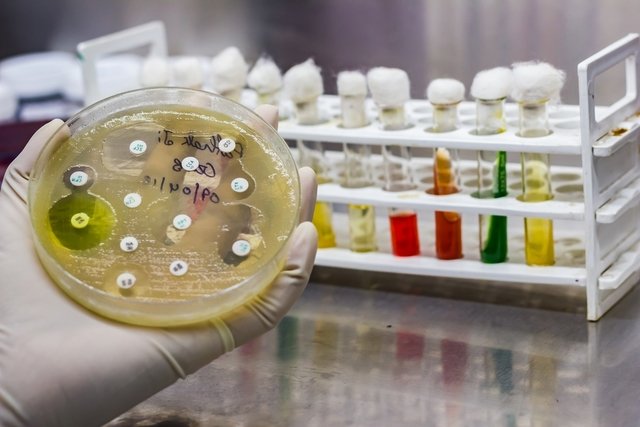
What is it for
The TSA exam or antibiogram serves to identify which antibiotics the microorganisms are sensitive and resistant to, being useful for the doctor to recommend the best antibiotic to treat the infection, especially in cases where the person has had an infection with the same microorganism more than once. .
Why is it necessary to identify the correct antibiotic?
The use of antibiotics that are not suitable and effective for a microorganism delays the person’s recovery, partially treats the infection and favors the development of microbial resistance mechanisms, making the infection more difficult to treat.
For this same reason, it is very important not to use antibiotics without a doctor’s guidance and unnecessarily, as this may end up selecting microorganisms that are more resistant to antibiotics, reducing the options of medicines to combat infections.
Make an appointment with your nearest doctor, using the following tool, to assess the need for an antibiogram:
Taking care of your health has never been easier!
How the antibiogram is done
To carry out the antibiogram, no preparation is necessary, all that is required is a sample of blood, urine, saliva, phlegm, feces or cells from the organ contaminated by microorganisms, in accordance with the doctor’s instructions. In the laboratory, samples are processed and cultured to evaluate the growth of microorganisms.
Types of antibiogram
The antibiogram can be performed in two ways:
- Antibiogram by agar diffusion: in this procedure, small paper discs containing different antibiotics are placed on a plate with appropriate culture medium for the growth of the infectious agent. After a few days, it is checked whether or not there has been growth around the disc. In the absence of growth around the disc, it is said that the microorganism is sensitive to that antibiotic, being considered the most suitable for treating the infection;
- Dilution-based antibiogram: in this procedure there is a container with different concentrations of antibiotic, where the microorganisms that will be analyzed are placed, and the Minimum Inhibitory Concentration (MIC) of the antibiotic is determined. The container in which no microbial growth was observed corresponds to the dose of antibiotic that should be used in the treatment, as it prevented the development of the microorganism.
Currently, in laboratories, the antibiogram is carried out using equipment that uses resistance and sensitivity tests. The report released by the equipment informs which antibiotics the infectious agent was resistant to and which were effective in combating the microorganism and in what concentration.
Urine culture with antibiogram
Urinary tract infections are one of the most common infections in women, especially in men. Therefore, it is common for doctors to request, in addition to the type 1 urine test, the EAS, and a urine culture accompanied by an antibiogram. This way, the doctor can check whether there are any changes in the urine that could indicate kidney problems, through EAS, and the presence of fungi or bacteria in the urinary tract that could indicate infection, through urine culture.
If the presence of bacteria is found in the urine, an antibiogram is then carried out so that the doctor can know which antibiotic is most suitable for treatment. However, in the case of urinary infections, antibiotic treatment is only recommended when the person presents symptoms to avoid the development of microbial resistance. See more about urine culture with antibiogram.
How to understand the result
In general, the report indicates:
- Sensitive or Swhich indicates that the microorganism is sensitive to the tested antibiotic and may be indicated for treatment;
- Resistant or Rwhich indicates that the microorganism is resistant to the antibiotic tested, and should not be recommended by the doctor.
The TSA result can take up to 3 to 5 days and is obtained by analyzing the effect of antibiotics on the growth of microorganisms. The antibiotic that inhibits microbial growth is recommended to treat the infection, but if growth is observed, it indicates that the microorganism in question is not sensitive to that antibiotic, that is, resistant.
Depending on the type of TSA exam performed, it is also possible to observe the Minimum Inhibitory Concentration (MIC or MIC) of the antibiotic, which is useful for the doctor to assess which concentration of the antibiotic was effective in combating the infectious agent. It is important that the CMI is evaluated by the doctor, as it can vary according to the antibiotic being tested and the microorganism that was identified.
For example, if it is indicated in the report that the antibiotic has a MIC of 0.025, it means that low doses of that antibiotic are very effective against the microorganism in question. On the other hand, if the CMI of the antibiotic is higher, for example 4, it means that larger doses of the same antibiotic are needed to combat the microorganism.
Bibliography
- MAHON, Connie R.; LEHMAN, Donald C. Textbook of Diagnostic Microbiology. 6 ed. St- Louis, Missouri: Elsevier, 2019. 273-279.
- LABORCLIN. Manual for Antibiogram – Disc Diffusion (Kirby & Bauer). 2011. Available at: <https://www.interlabdist.com.br/dados/noticias/pdf_190.pdf>. Accessed on 25 Jul 2019

Sign up for our newsletter and stay up to date with exclusive news
that can transform your routine!
Warning: Undefined array key "title" in /home/storelat/public_html/wp-content/plugins/link-whisper-premium/templates/frontend/related-posts.php on line 12
Warning: Undefined array key "title_tag" in /home/storelat/public_html/wp-content/plugins/link-whisper-premium/templates/frontend/related-posts.php on line 13

